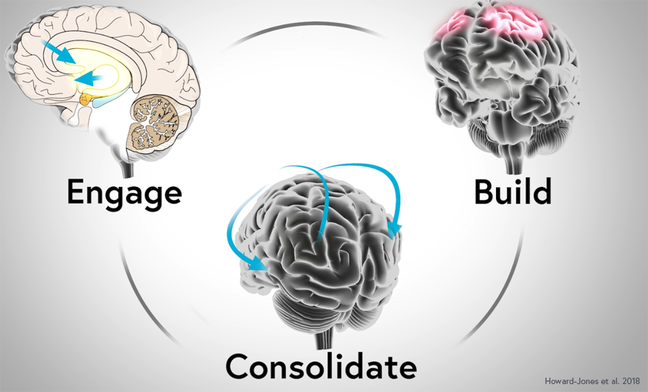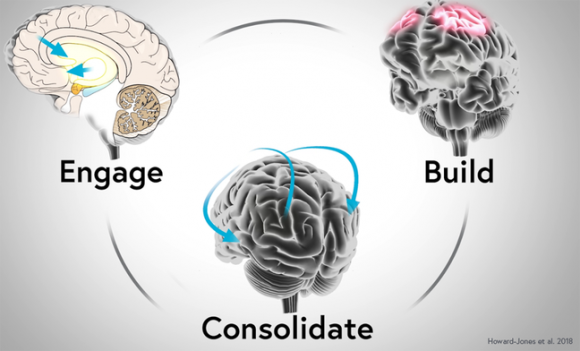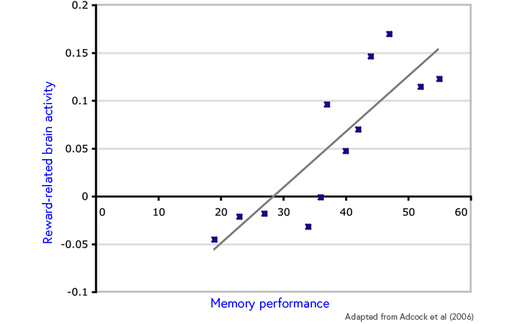FutureLearn aims to help everyone fulfil their potential in a changing world, by transforming access to education.
FutureLearn is an amazing learning repository. Built upon a beautifully clean, beautifully simple learning platform, FutureLearn presents high quality content and discussion to facilitate learning, from expert partners – including many of the best UK and international universities.
This coming fortnight I taking The Science of Learning National STEM Learning Centre – co-authored by Professor Paul Howard-Jones (University of Bristol) and Professor Tim Jay (Sheffield Hallam University), commissioned by the Wellcome Trust, and the National STEM Learning Centre. It is the third course I have taken via FutureLearn and I can highly recommend them (Assessment for Learning and What is Character? Virtue Ethics in Education the other two.)
Week 1
What is learning? A gentle introduction. The forums showed just how varied teachers understanding of this term was.
From “an ability”, to “a process,” “sharing” knowledge, “acquiring knowledge,” “strengthening and interconnecting of neural pathways,” “skills” are in there, a far amount of “connecting,” “a change in behaviour.” There are mentions of “context,” “conscious or subconsciously,” also “instinctive” or “indirectly.”
There was a discussion around neuromyths, of minimal interest professional, though worthy of discussion if only to reduce these types of misconceptions.
I found learning about the structure of the brain, the four lobes and the subcortical structures interesting and noted that “the brain as a whole is multisensory.” Second that the cortex and the subcortical region interact; that it is these interactions and the impact on learning (more of that in coming weeks).
1.7 provided a very useful, if simplified framework for, thinking about learning.
We can think about the learning processes involved in terms of three categories. Those involved with engagement. Those for building knowledge and understanding. And those for consolidating our learning. Engagement involves those subcortical emotional processes. Building new knowledge demands activity here in the frontal working memory regions of the brain. Consolidation will shift and distribute that activity to other parts of the cortex. Now we’re not talking here about any three stage model of pedagogy. You can’t, for example, use the categories, engage, build, and consolidate for a three part lesson. In fact, in everyday teaching and learning all three types of process might occur simultaneously or almost simultaneously. – Paul Howard Jones
…breaking down the learning processes into engage, build and consolidate, is a helpful way for organizing our thoughts about what the science means for teaching and learning.- Paul Howard Jones



